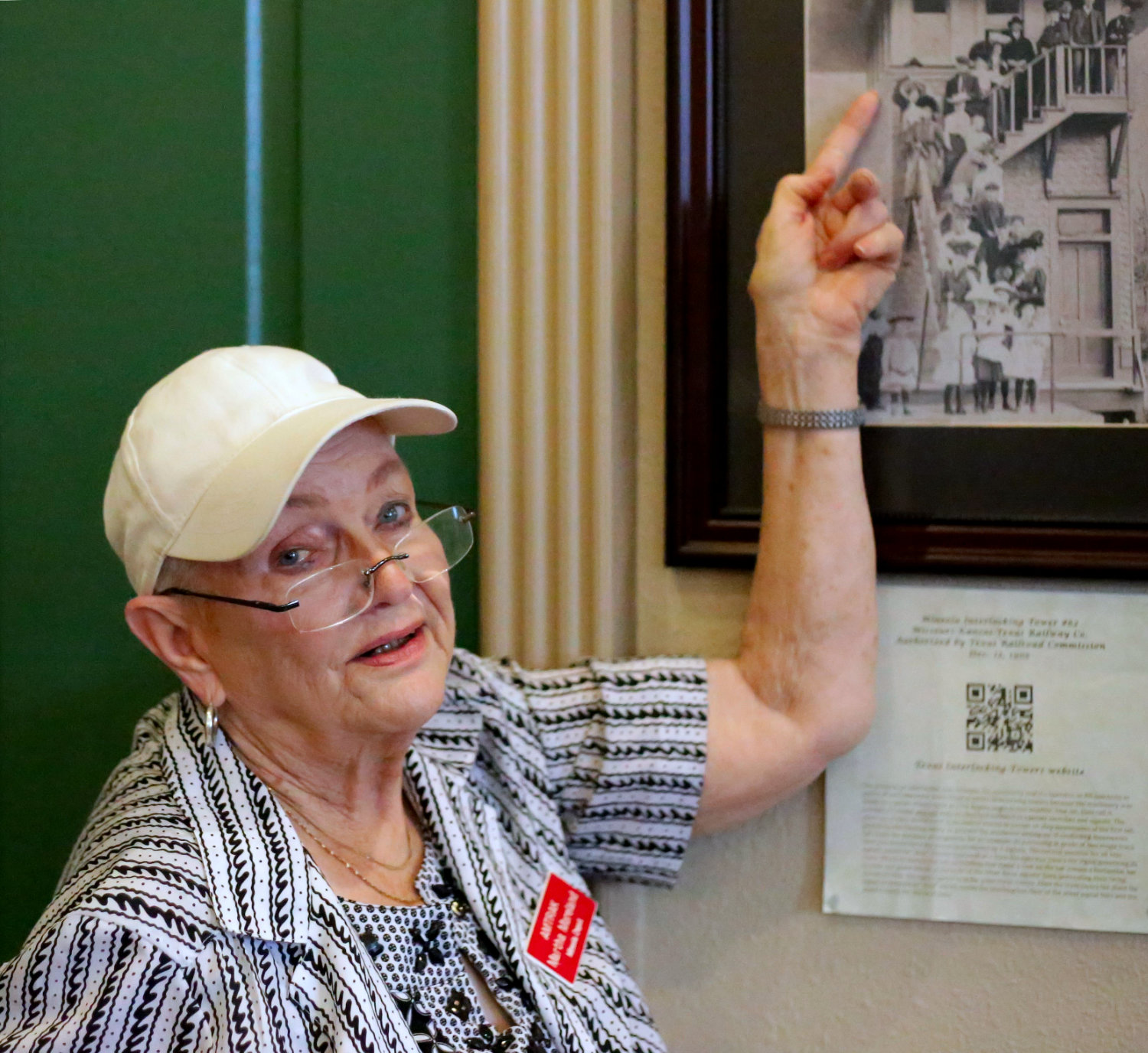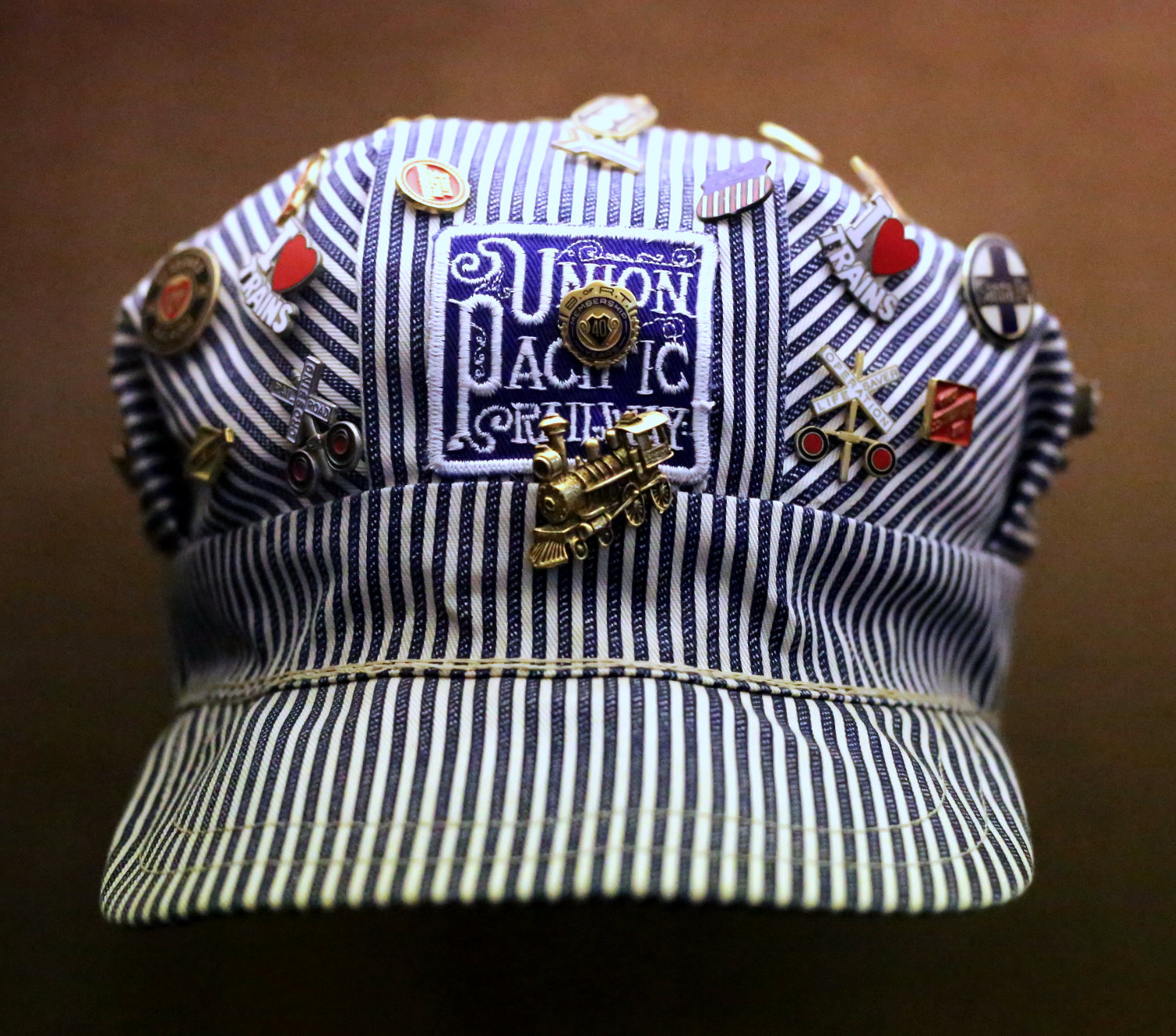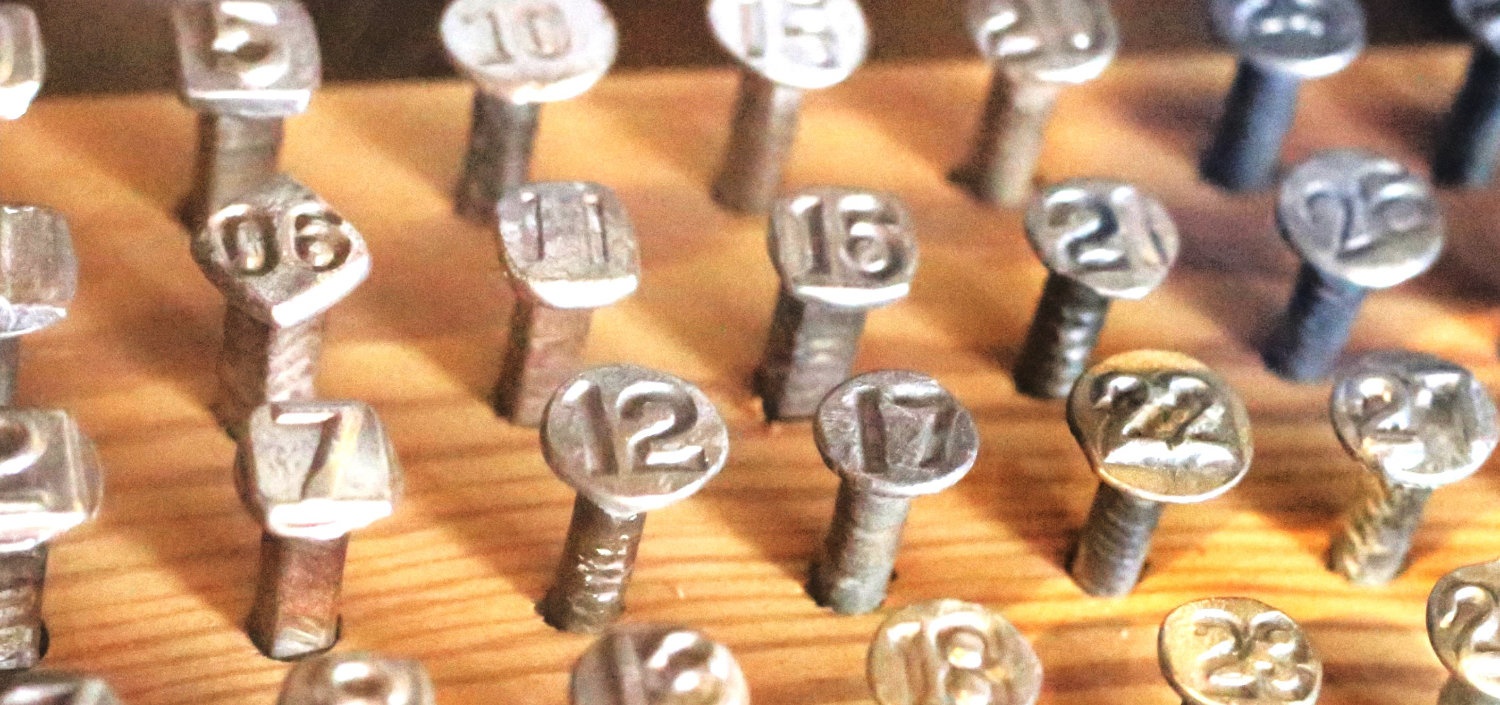Manning station is labor of love, preserving history
woodctystringer@gmail.com
Is the Mineola Train Station a train station that houses a museum or a museum that functions as a train station? Since its restoration and rounding-out of the museum contained inside, it is a legitimate question. For local residents, one might say it depends on one’s perspective.
This item is available in full to subscribers.
Attention subscribers
To continue reading, you will need to either log in to your subscriber account, below, or purchase a new subscription.
Please log in to continue |
Manning station is labor of love, preserving history
Is the Mineola Train Station a train station that houses a museum or a museum that functions as a train station? Since its restoration and rounding-out of the museum contained inside, it is a legitimate question. For local residents, one might say it depends on one’s perspective.
It is both. Each role is served in top-notch fashion.
As a train station, it is an excellent facility: well-designed, beautifully restored, functional and clean. As a museum, the western half of the building contains artifacts aplenty – enough to easily consume an hour of leisurely perusal.
One little known fact about the station building, and hence access to the museum contained inside, is that it is open daily.
Should one happen into the station around the arrival times for the Amtrak train – morning westbound train scheduled arrival is 9:25 a.m., afternoon eastbound arrival time is 5:15 p.m. – you will find Amtrak station host Martha Moreland manning the booth in the center of the station.
Moreland is the Amtrak employee charged with facilitating the arrival and departure of the Texas Eagle, as it is named. Although many people will understand her duties to be those of a stationmaster, Moreland explained that the scope of duties at the Mineola station fall under the nomenclature of an Amtrak host and caretaker.
She details some of those duties as facilitating logistics coordination between passengers, train crew and if needed, local authorities. With a wealth of knowledge about the trains themselves and the experience of riding the rails, she also advises travelers.
As Moreland sees it, her charter is simple, “I want to bring folks in to Mineola on the train.”
For that job, she is exceptionally well-prepared. Moreland’s grandfather was a passenger conductor on the Missouri-Pacific line for decades.
Since 2008, Moreland has manned the booth at the Mineola station. The railroading gene has also been perpetuated to her grandson, Christopher Moreland, an engineer for Amtrak.
“We may have skipped a generation or two, but our family’s railroading service stretches over five generations,” she explained.
Moreland can trace her family’s history to some of the first settlers to arrive in what would become Wood County. There are stories in her family history about the Battle of San Jacinto, distilling rum and shipping produce on barges down the Sabine River.
Should anyone find themselves at the station around arrival times, Moreland will gladly spin a story or two about those subjects and more.
Among her favorite subjects are those people to whom she feels she owes something. Ask Moreland about Oscar Caraway, the gentleman whom she followed as the Mineola station manager, his widow Bessie, “our famous conductor” Zeb Love or station custodian James Pogue, and she will be delighted to share some sincere thoughts.
Although she was born in Mineola to Maurice Powell and Mildred (Cowan) Powell, she grew up in Lufkin and graduated from high school at 15. She attended Lon Morris College in Jacksonville and came to marry James Wayne Moreland. They spent 58 years together and raised four sons. The two returned to Mineola for retirement 35 years ago, before his passing in 2008.
Shortly after becoming a widow, Moreland was approached by Amtrak supervisor Joy Smith about taking over the duties at Mineola station. She has been the station host, facilitator, advisor and for many, the face of Mineola for 14 years.
With a wealth of experience (she just turned 89 in June), it is fitting that Moreland works adjacent to displays which portray the history of railroading in Mineola. One specific attribute of the museum is that each item is properly attributed. Moreland noted that the baggage trunks were donated by Joel Moore and that the 1953 Lionel train model was donated by Jerry Thompson.
The museum wing of the station is chockfull of artifacts – from cross-tie nails to photos, models, tools and fittings. A loaded baggage cart stands against the south wall, while suspended near the booth is a complete print-out of each of the historical Sanborn maps produced of Mineola.
The history of railroading in the town is described on a series of quality placards. Behind glass in an anteroom at the western wall of the station is a model train staged to run through the setting of 1930 Mineola.
“The museum was the work of those involved in the station renovations of 2006,” stated Landmark Commission member Joyce Williams. She advised that numerous retired railroaders donated or loaned items to display in the station.
The station has become the eastern end of a growing project known as Ironhorse Square. Williams advised that the historical district has been extended all the way to Stone Street and will house a walking path atop part of the old Katy Line railbed.
“The original dream was to have a bike path on the old MKT (Katy) Line all the way to Greenville,” she said.
The railroad was fundamental in the founding and growth of the small cities along US 80, but for Mineola it was critical.
In 1929 the Texas and Pacific Line terminal was moved from Longview to Mineola. Along with the railroad’s terminal came a large workforce and all the associated capital. It was a windfall badly needed as the country passed into a depression.
Eventually the terminal was moved back to Longview in the late 20th Century, after what may be called the glory days of the railroad.
The Landmark Commission is doing its best to produce a historical film to capture those heydays of the railroad in Mineola. They are producing a 45-minute feature film which is to be shown at the Select Theatre during the city’s sesquicentennial celebration.
Williams noted that the commission had, to date, interviewed 35 retired railroaders as a part of that project.
It is certainly important to uncover and document local history. It helps in understanding the present and planning the future.
As Moreland stated, “The railroad has always been, and will continue to be an essential part of our community.”













